- Home
- entertainment
- news
- 16 facts you didn't know about the first 'Halloween' movie
16 facts you didn't know about the first 'Halloween' movie
Kirsten Acuna

- There are currently 13 movies in the "Halloween" franchise.
- Jamie Lee Curtis recently reprised her role as Laurie Strode in the most recent trilogy.
Irwin Yablans (center) came up with the idea for "Halloween."
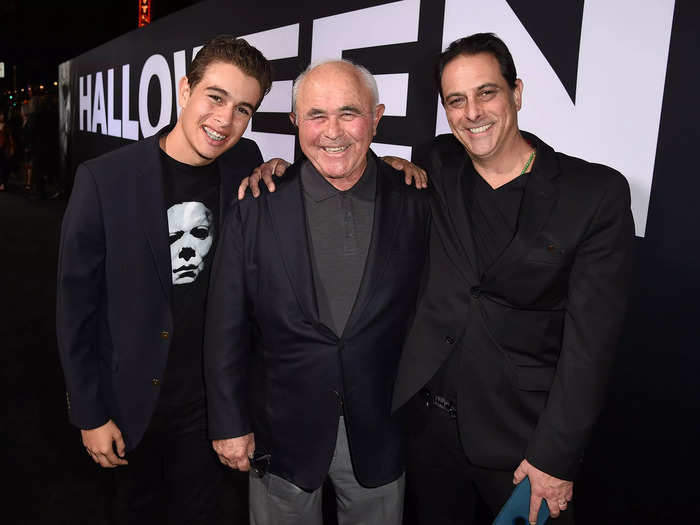
According to his autobiography "The Man Who Created Halloween," Yablans may not have pushed for the creation of the holiday staple if it weren't for the interference of his younger brother, Frank.
Yablans worked primarily as a salesman and distributor at Paramount and Warner Bros. studios. While at Paramount, he turned down an opportunity to oust and take over his boss' position as VP manager of sales. The man who eventually took over was his younger brother Frank, a longtime Disney employee.
Frank asked his brother to work as a production assistant. The adjustment, though difficult at first, was probably the best thing that ever happened to him.
After ending his contract at Paramount, Yablans left the major studios to run an independent studio Compass International Pictures, which led to his eventual meeting with the real-life Michael Myers and the creation of "Halloween."
Yablans came up with the idea for the film on a first-class flight back to Los Angeles.
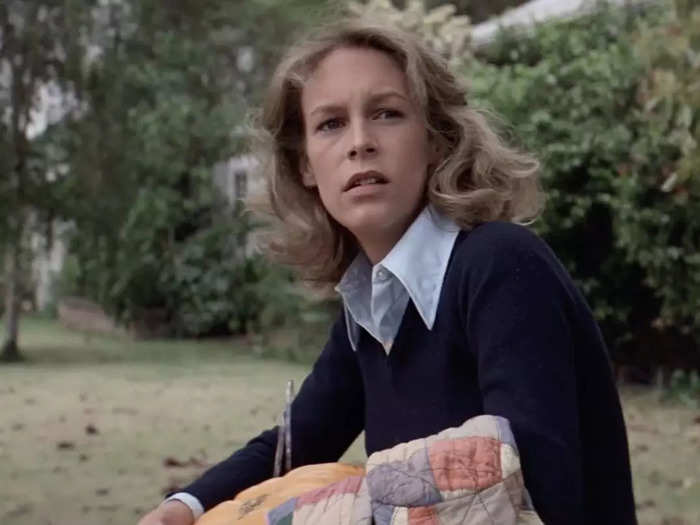
Before "Halloween," Yablan's indie film company put out the flop, "High Velocity." For its next movie, they turned to new director John Carpenter for "Assault on Precinct 13."
After the success of Carpenter's first film, Yablans knew he wanted him on board to work on a follow-up film.
"The idea came to me that a movie about babysitters in jeopardy could be interesting," said Yablans. "I reasoned that everyone had either been a babysitter, hired one, or at the very least, been a baby."
The character Michael Myers is a real person.
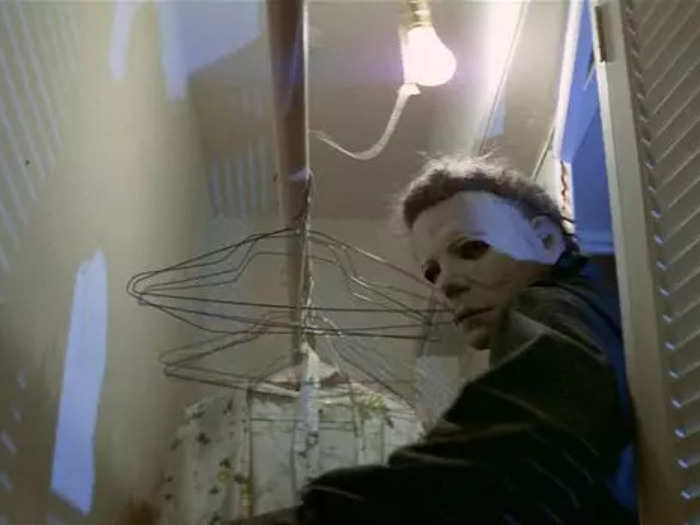
At the time, Myers was the owner of a small independent film-distributing company in London, Miracle Pictures.
Yablans met with Myers to discuss the entry of Carpenter's "The Assault on Precinct 13" in the London Film Festival. John Carpenter and Yablans chose the name Michael Myers to honor him.
Director John Carpenter's girlfriend cowrote the film's script.
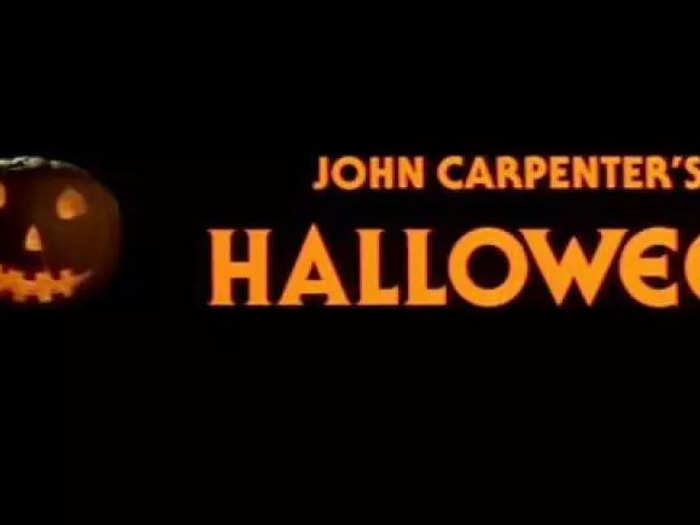
Carpenter had two requests for the move. First, the credits above the film should read "John Carpenter's Halloween." And second, Carpenter's girlfriend, Debra Hill, would be a producer and allowed to cowrite the script.
It had a small budget of $300,000.
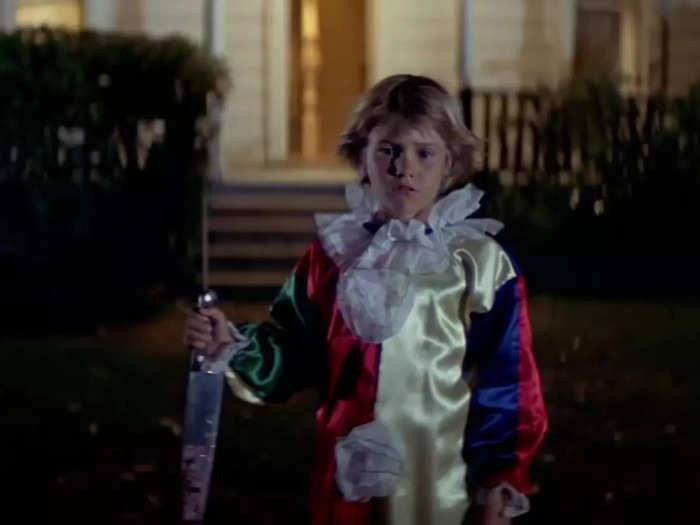
Director, producer, and writer John Carpenter previously made "Assault on Precinct 13" for $180,000, according to "The Man Who Created Halloween."
The film was inspired by both "Psycho" and "The Exorcist."
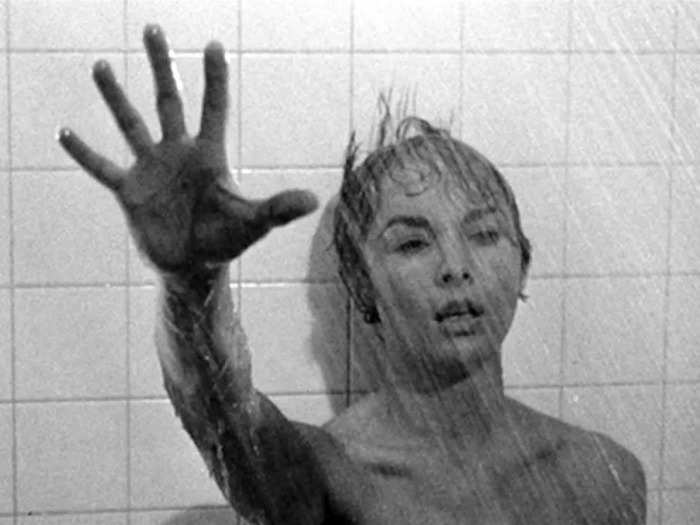
"Both ... had benefitted from claustrophobic atmospheres — actually one haunted house," thought Yablans. "Why not set the movie on the night that celebrates fright, Halloween!"
The film used Jamie Lee Curtis, daughter of "Psycho" star Janet Leigh, to help generate interest in the film.
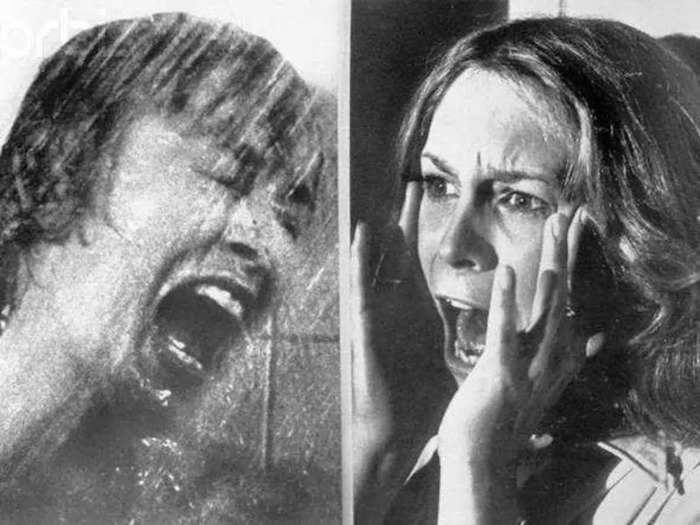
An 18-year-old Curtis was virtually unknown at the time. This became her break-out role.
"I found a shot of Janet Leigh in the infamous shower scene from "Psycho" and placed it alongside one of Jamie, in a similar screaming pose," said Yablans. "We sent it out on the wires, and it made every newspaper in the country."
Yablans specifically wanted no blood or gore in "Halloween."
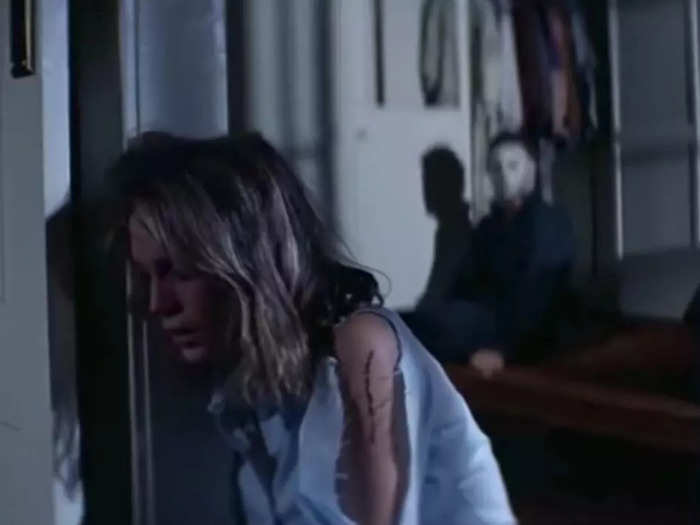
The actual violence seen on screen is kept to a minimum and is left to the imagination.
Rather, he wanted a character-driven, compelling drama with "all the right scares in all the right places."
"I had this idea we could orchestrate the scares and manipulate the audience," said Yablans. "I cited the example of following a protagonist to the right side of the screen, only to surprise on the left side."
The original suggestion for the villain was "The Lord of the Rings" and "Star Wars" actor Christopher Lee.
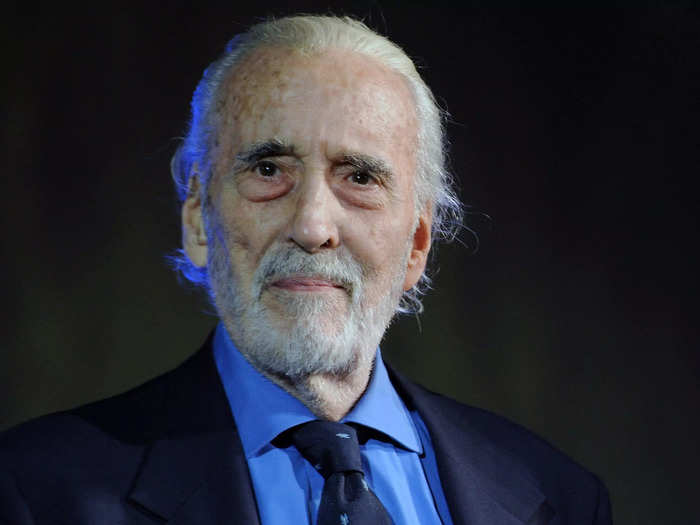
However, Yablans thought Lee would make "Halloween" into another typical horror film.
Instead, he decided on British actor Donald Pleasence, who he had previously seen as the bad guy in Western "Will Penny."
Yablans landed him for $25,000.
Yablans' son Mickey can be seen in the movie.
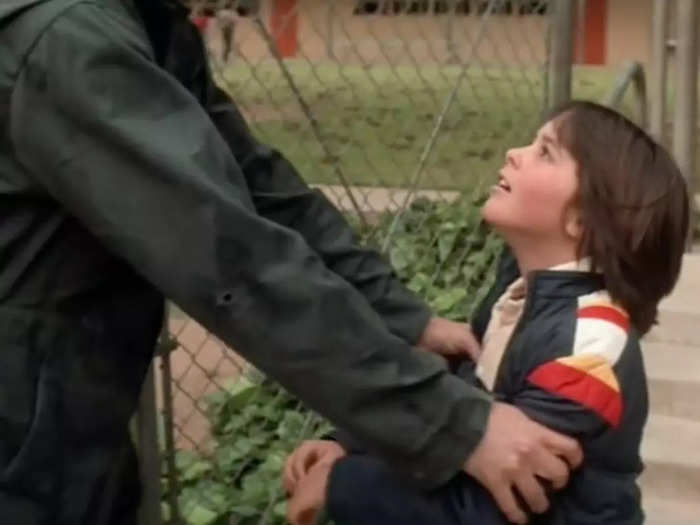
Mickey Yablans played Richie. He appears in the scene when Myers heads to school and Richie is instantly freaked out.
He later appeared in "A Nightmare on Elm Street 4."
It cost $10,000 to compose, direct, produce, and write the music for "Halloween."
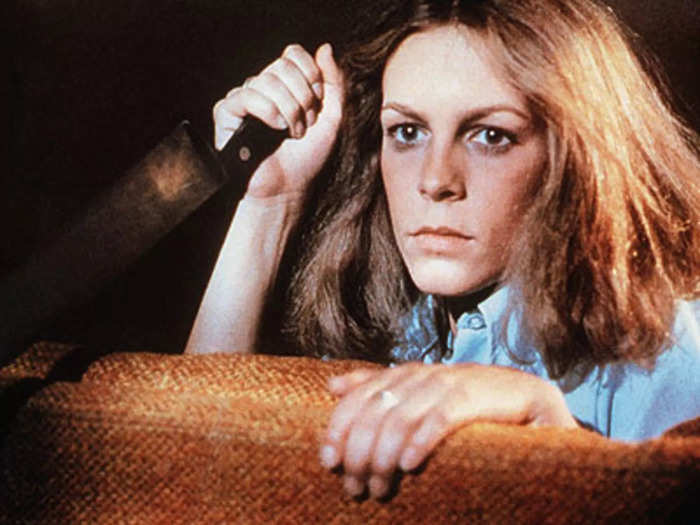
Yablans suggested Carpenter receive 10% of the net profits of the movie.
The movie made over $70 million during its initial 1978 run.
Yablans considered shopping the movie to a major distributor until showing it to students at the University of California, Los Angeles.
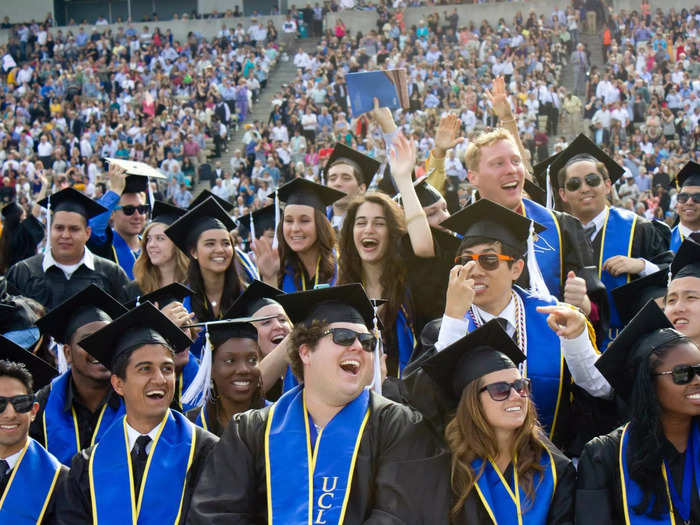
In order to get the attention of a major studio like Paramount or Warner Bros., Yablans decided to debut the film to UCLA students at the AVCO Cinema.
However, after seeing and hearing the overwhelming applause and screaming from the young audience, he decided to keep the movie in-house with Compass.
Yablans chose three theaters in Kansas City as the first locations to test the movie.
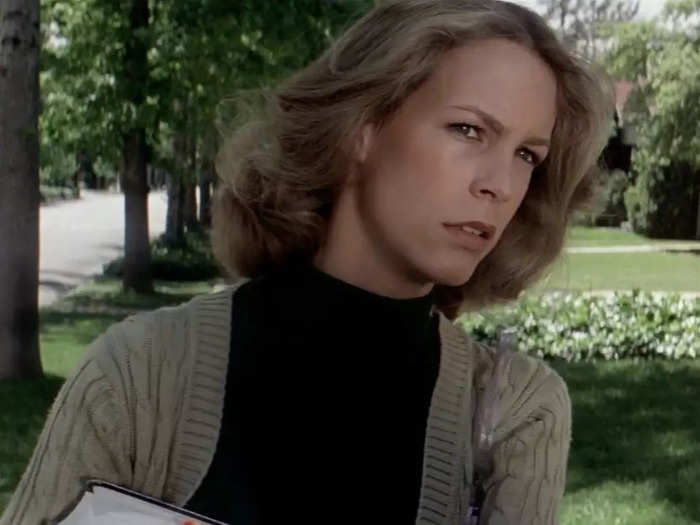
The first day resulted in $200 per theater; however, business doubled the following night and the night after that.
"By the end of the first week, "Halloween" was the biggest thing in Kansas City," said Yablans. "It was a phenomenal example of word of mouth."
The film played until theaters had to accommodate Christmas movies, including Steven Spielberg's eventual flop, "1941."
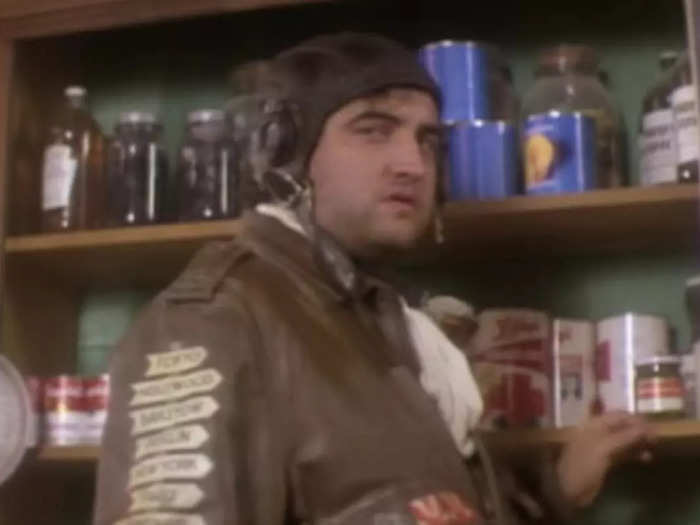
A photograph in Yablan's office reads: "Irwin Yablans presents Halloween." On the marquee, just below those words, it read, "Opening soon, Spielberg's 1941."
"Halloween" returned to theaters two weeks after the debut of "1941."
When M&R Theaters in Chicago refused to honor Compass' 90/10 deal for profits gained from "Halloween," Yablans threatened to take their contract to both Variety and The Hollywood Reporter.

"I held up a copy of the contract that we had both signed," said Yablans. "'This is what we agreed to, sir, and I expect you to honor it. If you do not, I will take a two-page double-truck ad in Variety and the Hollywood Reporter. One side will show our contract, and the other will contain a letter to Jack Valenti, the head of the Motion Picture Association of America, describing your disgraceful tactics.' He knew that I would do it, and finally paid every dollar owed."
After Compass announced a sequel to "Halloween," Yablans sold off the film rights due, in part to, a busy schedule.
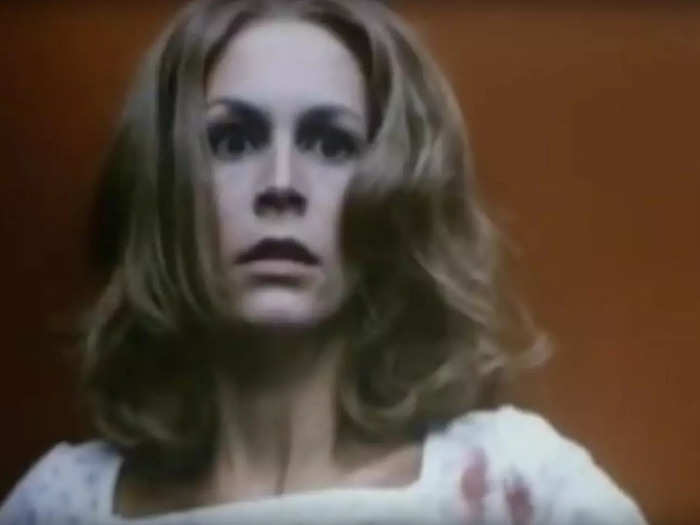
Yablans' film company was about to put out "Fade to Black" and "Seduction."
"I have made some big mistakes in my life, but that one was a whopper," said Yablans. "True we made a lot of money on the deal, but we temporarily lost control of a franchise that could have propelled Compass to unimaginable growth."
While "Fade to Black" became a cult favorite and "The Seduction" grossed $11.4 million in theaters, "Halloween 2" became the 12th highest-grossing film of 1981, earning $25.5 million.
Popular Right Now
Popular Keywords
Advertisement